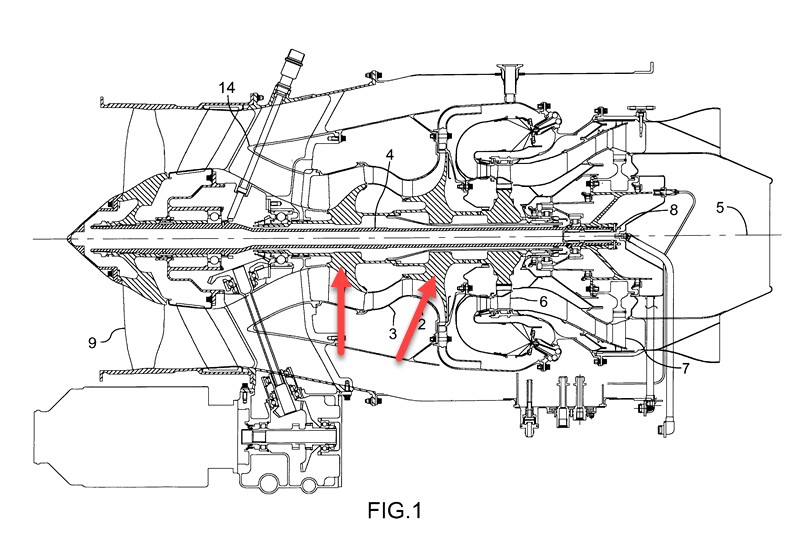Axial-compressor jet engines fall into two categories (and only two as far as I'm aware): turbofan and turbojet. I'm wondering if centrifugal-compressor jets also have such a distinction or something similar.
I cannot imagine how a big rotating fan-like object could both compress air centrifugally and bypass it out the rear, but I would not be surprised if some engineer found a clever way of doing it. And anyway, a centrifugal jet could be separated into two broad types based on something slightly different.

